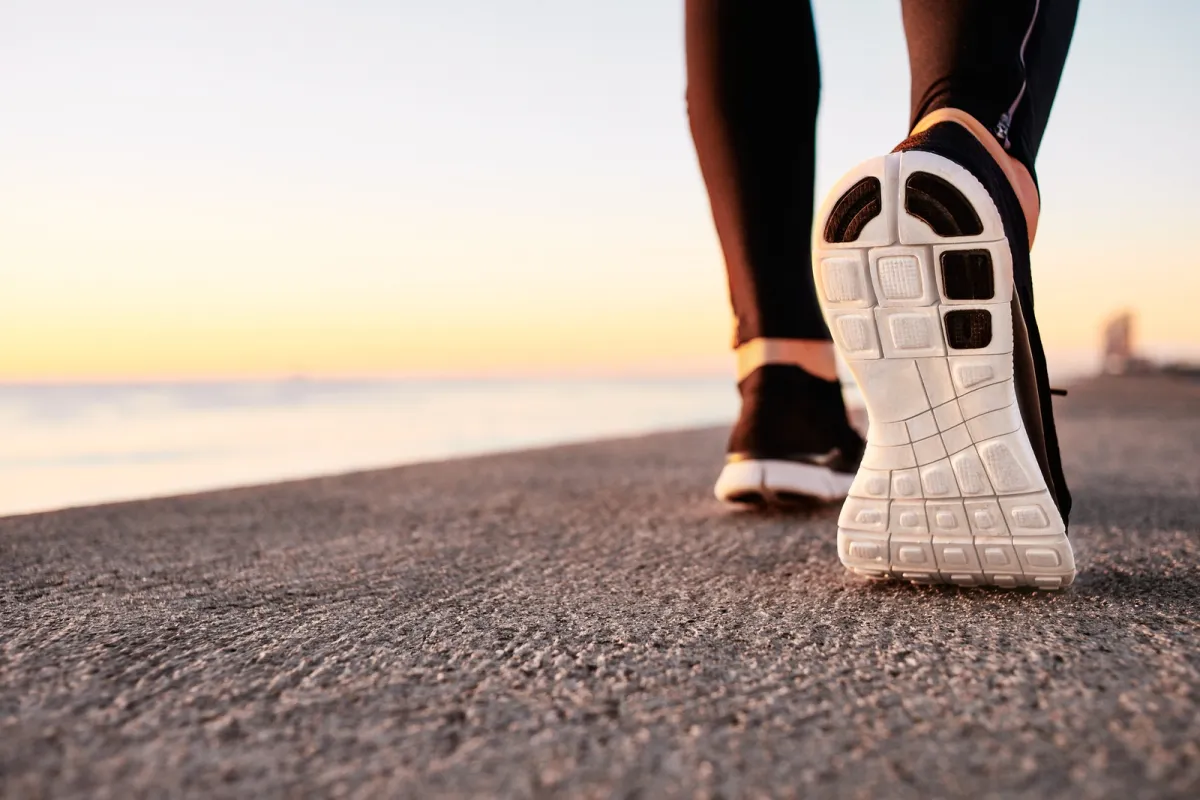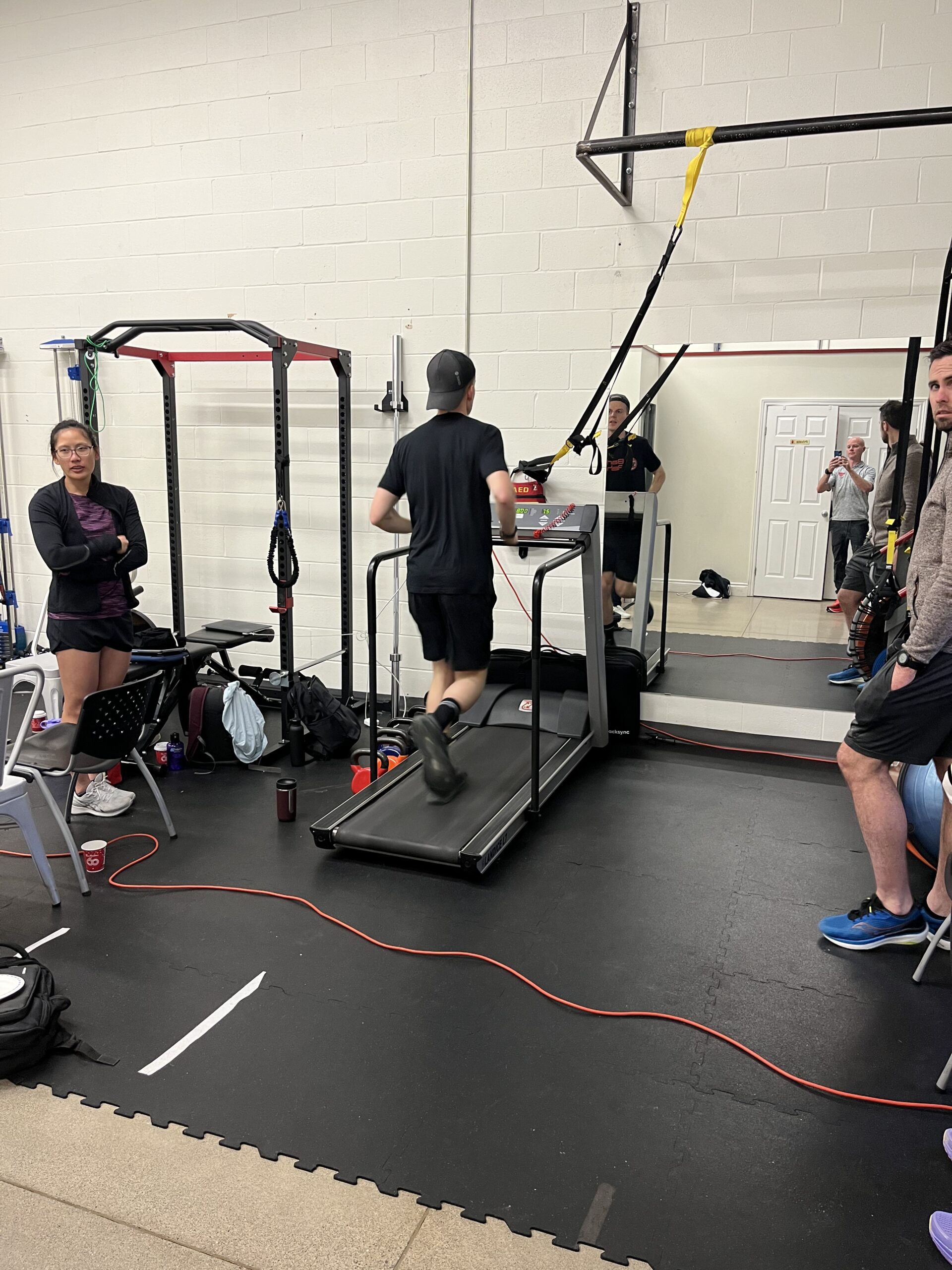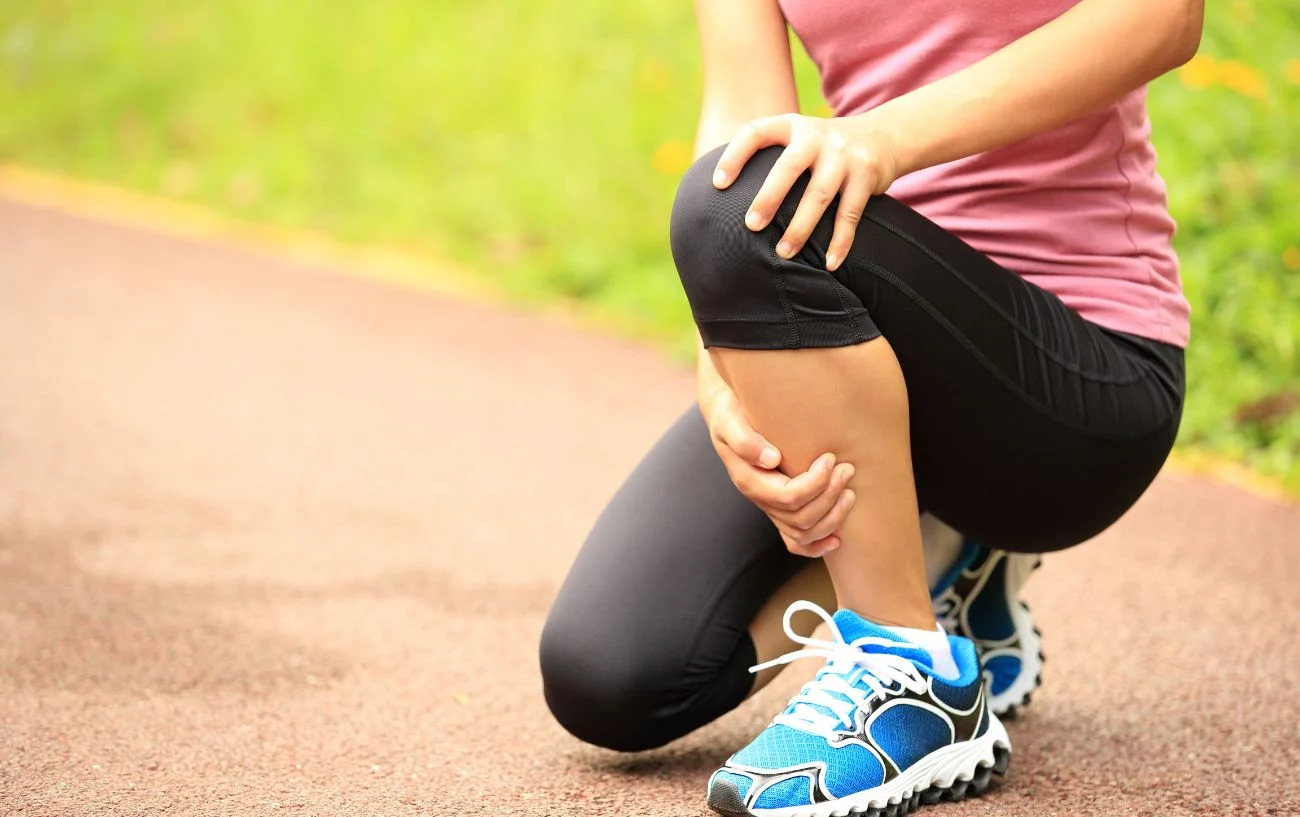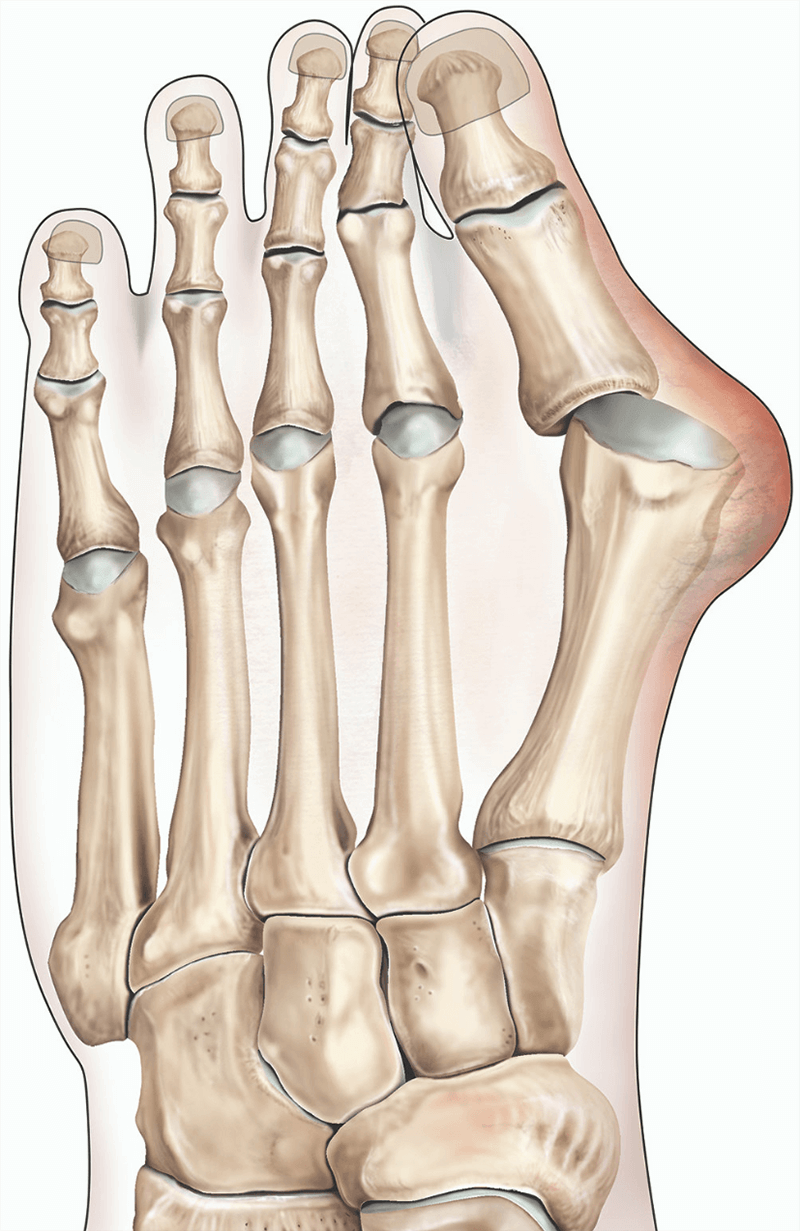Most runners develop a love for running shoes (almost as deep as the running itself) and don’t have to be convinced that it’s time to buy a new pair of shoes. However, many runners really don’t know what to look for when shopping for a new pair of running shoes and may pick their new pair of shoes based on the colour, the look, or on something that they heard about that particular pair of shoes. As an avid marathon-runner myself, and the co-owner of the Real Running Course, I believe that it is important for runners to at least know some basic fundamentals about running shoes before they make a big purchase. In order to avoid choosing the wrong pair of shoes, here are 10 things to consider prior to buying your next pair of running shoes.

1. What type of running will you be doing in your new running shoes? Different running shoes have different primary purposes. For instance; you might choose a very light weight shoe, with minimal foam cushioning, and a lower profile tread for days that you are going to be working on your speed. Whereas, you might choose a shoe with more cushion in it and a softer feel (which will likely end up being heavier) if you plan on running longer distances at an easier pace. Some shoes are capable of handling many different types of running (classified often as “daily trainers”) which might not excel at any one type of run, but are serviceable for many different types of runs. Prior to buying your new running shoes, you must first consider what type of running you plan on using these shoes for.
2. What type of shoe have you been running in most recently? It is important to consider what type of shoe you have been running in before choosing your next running shoe. Even if you don’t particularly like your current shoe, you might not want to make a drastic change as your body has likely adapted to your current shoe. A sudden or drastic change in the type of shoe could result in an injury. Factors such as the stability type of both your current shoe and your next purchase (stability or neutral), stack height, offset (or drop), and cushion are important to take into account prior to purchasing your new runner.
3. Do you require a stability shoe or a neutral shoe? Building off of our last point, many shoe companies divide their footwear into two broad categories; stability and neutral. A stability shoe, which is often heavier and has features in it to control “over-pronation” might be helpful for some runners that are susceptible to injuries such as achilles tendinopathy, medial tibial stress syndrome, and plantar fasciitis when they are related to early and/or uncontrolled pronation. A neutral shoe is likely more suitable for someone that doesn’t suffer from injuries related to these biomechanical faults. If you are unsure as to whether or not this pertains to you, have a clinical expert evaluate your running prior to your purchase.
4. What type of foot strike pattern do you have? It is important to pair your new running shoes with your foot strike pattern. For instance, someone who is an abrupt heel striker likely should not choose a pair of shoes that are minimalist in nature, while someone who is a mid-foot striker may not benefit from choosing a shoe with a large offset (or drop). Many runners aren’t aware of what type of foot strike they have (even when they think they are) so consider having your gait analysed by a professional to help determine your strike pattern. Pairing the right shoe with your foot strike pattern can help to reduce your running related injury risk.

5. Are you currently injured? If you are currently suffering from an injury there are a multitude of factors to consider. Is your injury related to the selection of improper footwear, or is it completely unrelated? Where in your body is the injury? Is it a new injury or an old injury? Answers to all of these questions will help determine the best shoe for you, while if you are currently uninjured you might want to consider staying in a pair of shoes similar to your previous pair. A physiotherapist with knowledge in running related injuries can help answer the above questions and steer you towards the right style of shoe.

6. What is your budget for your new pair of running shoes? Like everything else these days, the prices of shoes continue to rise. A new pair of daily trainers can cost over $200 CAD while a pair of carbon plated race day shoes can cost over $350. Set your budget before you go shopping because it is easy to be smitten by a pair of shoes that cost way more than you had planned to spend. Some great ideas to save some money on shoes are to check your local discount sporting goods store (like SVP for those in southern Ontario), watch for year-end sales from your favourite companies, and consider buying last year’s model if you can find it (they’re often not much different!).

7. What shape is your foot? I recently assessed a runner who had a significant bunion on the outside of their foot. They complained of pain on the outside of their foot when running and it was no wonder, their foot was actually busting through the outside of their shoe. This was an obvious case where they had selected the wrong shoe for their foot shape. If you have a wide foot, or something like a bunion, choose a shoe that has a wider fit. Some companies make a wide fit, while some such as Altra and ON Cloud often have more room in the toe box to accommodate the width. If your foot isn’t wide, you want to be sure that your foot also doesn’t slip too much in the shoe or else you might end up with blisters. Nike tends to fit more narrow and some say that Saucony also has a more narrow fit.
8. Do you have any brand loyalty? There once was a time when it made sense to be loyal to one brand of running shoe because certain brands did certain things well. However, I now cringe a little bit when I hear a client say that they only buy one particular brand because that is all that works for them. Now don’t get me wrong, if you like a particular brand or even model of a shoe, there’s nothing wrong with being a repeat buyer. However, seemingly every brand has such a variety of footwear choices nowadays that if you only buy from one brand, you might be missing out on trying out your new favourite shoe!
9. How many pairs of shoes will you be running in? If you are a moderate runner (30-60 km per week on average) you might want to consider purchasing more than one pair of running shoes. Research indicates that having a shoe rotation of 3 pairs of shoes or more might reduce the risk of injury. The reasoning behind this is that running is a very repetitive sport, so having 3 DIFFERENT pairs of running shoes will slightly reduce the repetitive nature of running thereby reducing the risk of injury. Buying 3 pairs of shoes can be quite an initial outlay of money, but also consider that the shoes will now last 3x as long, so in the end it evens out (and might reduce the amount of money that you have to spend on physiotherapy for instance!).
10. What running shoe feels the best when you try it on? Perhaps the simplest factor and also the most important is “feel”. There are so many complex factors when it comes to matching the runner with the shoe, but what trumps it all is how a person likes how a shoe fits. If the shoe feels odd, or if you have a sense of a pressure point, or something just doesn’t feel right, it likely isn’t right for you. Conversely, if you put on a pair of shoes and immediately think “wow”, there’s a really good chance that shoe was meant for you. A skilled running clinician can help direct you to the right type of shoe, a knowledgeable retailer can get you into a few pairs of shoes that fit the mould, but only you can decide how it feels. I always prefer to support the local retailer and enjoy being able to try on different types and brands of shoes. A couple of my favourite are Black Toe Running in Toronto and the Runner’s Den in Hamilton.

There are many things to consider when searching for that new pair of running shoes, but starting with a basic understanding of shoes will make the process a lot less daunting. By choosing the right shoe for you, you can reduce injury risk, improve overall performance, and look and feel good while out on your run. Visiting a retailer that is knowledgeable can be a helpful way to find the right running shoe for you, but it is still important to consider the 10 factors listed above. If you are unsure what type of runner you are, what your foot shape is, whether you require a stability or neutral shoe, what your foot strike is, or if you are currently injured visit us at South Simcoe Physiotherapy in Alliston. I (Ryan) can perform a thorough running analysis for you and answer these questions as well as develop a personalized treatment plan for you including a running plan. From running analysis, to treating running related injuries, to run coaching, South Simcoe Physiotherapy Alliston has all of your running needs covered!
For those looking for more information on running shoes, the Real Running Course has developed an online module dedicated to running shoes. This module covers everything from the history of the running shoe, to the evidence behind carbon plated shoes and superfoams, to an easy-to-follow decision tree to inform you on what type of shoe is best suited for you. The module will be available on Embodia in early 2025!
